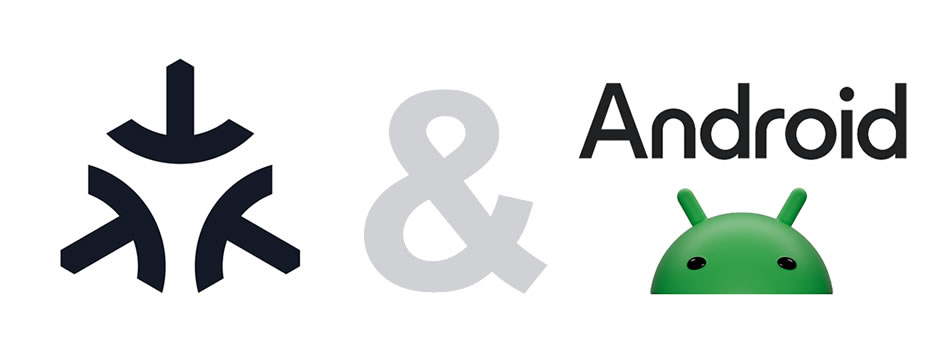The Matter standard, hailed as a revolutionary step in simplifying and popularizing smart home installations, often finds itself the subject of enthusiastic media coverage, brimming with promises of groundbreaking product releases and futuristic functionalities. However, amidst the flurry of excitement, it’s crucial to acknowledge that the journey towards widespread implementation of Matter is not without its hurdles, akin to a construction site awaiting completion.
- Functional Differences and Compatibility Challenges Matter, adorned with its distinctive black and white logo, embodies the promise of universal device compatibility, signaling adherence to its specifications. However, practical usage reveals nuances. While the standard ensures general usability, the extent of functionality varies across different smart home systems. For instance, certain devices like the Nuki Smart Lock may remain incompatible with specific Matter Controllers due to software limitations. This discrepancy extends to popular voice assistants like Alexa and Google Home, which may struggle to fully integrate with Matter-enabled devices such as buttons or light switches.Efforts by manufacturers like Siegenia and Tuo to publish compatibility lists signify attempts to bridge this gap. Yet, the reliance on platform-specific certification programs persists, underscoring the ongoing importance of labels like “Works with Alexa” or “Works with Apple.” Despite Matter’s potential, achieving seamless compatibility across all platforms necessitates voluntary coordination or regulatory intervention.In the interim, third-party providers like Home Assistant emerge as agile alternatives, capable of swiftly embracing Matter’s features. However, their appeal predominantly resonates with tech enthusiasts and early adopters, raising questions about Matter’s broader accessibility goals.
- Challenges with Thread Network Integration Central to the Matter standard is the Thread radio protocol, designed to facilitate robust, self-organizing networks within smart homes. In theory, disparate devices and Border Routers should seamlessly collaborate, transcending vendor boundaries. However, practical implementation faces obstacles, particularly in achieving interoperability among Border Routers from different manufacturers.Despite aspirations for a unified mesh network, experiments reveal lingering issues, with some Matter Controllers establishing isolated Thread networks instead. This fragmentation undermines the network’s efficacy, potentially leading to connectivity issues. Moreover, while solutions like credential sharing offer glimpses of cohesion, standardization efforts remain fragmented across different ecosystems.The Thread Group’s commitment to optimizing credential sharing and enhancing network diagnostics reflects a proactive approach to addressing these challenges. However, tangible progress may require considerable time and collaborative effort from industry stakeholders.
- Varied Setup Processes and Multi-Platform Integration Simplifying device setup lies at the heart of Matter’s appeal, epitomized by the convenience of QR code-based commissioning. However, the setup experience varies significantly among manufacturers and ecosystems, complicating user onboarding and platform transitions.Divergent setup procedures, coupled with the lack of standardized multi-platform integration, pose usability hurdles for consumers. The absence of uniform terminology and procedures across different platforms further exacerbates confusion, akin to navigating disparate interfaces in the automotive industry.Achieving seamless multi-platform operation demands harmonization of setup processes and user interfaces. Without such standardization, Matter risks alienating mainstream consumers, impeding its transition from a niche technology to a household staple.
A Call for Harmonization and Standardization In addressing these challenges, a collective effort towards harmonizing processes and agreements emerges as paramount. While technological advancements continue behind the scenes, achieving mass adoption necessitates a user-centric approach akin to the intuitive functionality of a well-designed automobile. Just as standardized features simplify driving experiences, cohesive standards in the smart home realm ensure accessibility and ease of use for all consumers. As Matter navigates its developmental journey, fostering collaboration and standardization remains essential to realizing its transformative potential in the realm of smart home technology.




